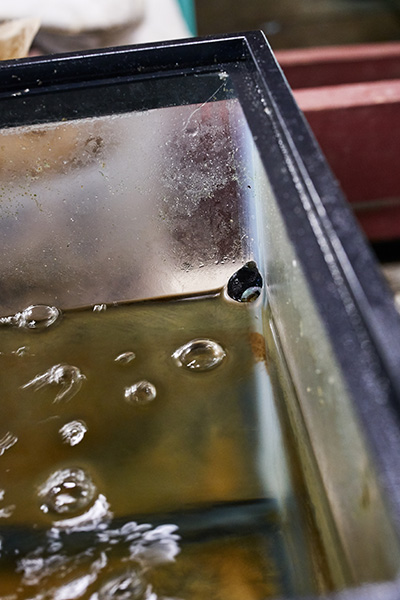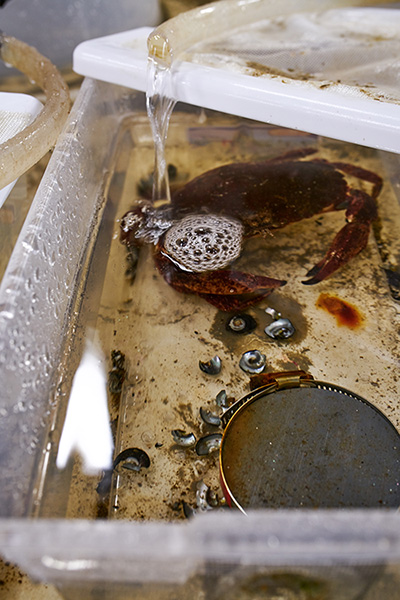
Decisions, Decisions
“There’s no such thing as a free lunch.” “You can’t have your cake and eat it too.” Tradeoffs: it’s an intuitive concept that we grasp and grapple with in our everyday lives. Any decision we make has some benefits but usually incurs some costs also. Do I buy this box of Oreos or use that cash to purchase some broccoli? (The answer is always Oreos). Do I go barhopping with friends or spend my time studying? The balance of costs and benefits are parameters we factor in every time we make a decision. And for the most part, these decisions are relatively easy. Rarely do we find ourselves paralyzed with indecision as we traverse about our daily routine. I’m not drooling off into space during breakfast as I decide whether I should use 3 tablespoons of coffee to ration my supply or 5 tablespoons to ensure I get my hit of caffeine.

However, there are times when the tradeoffs within a decision are tremendously complicated. Cost-benefit analyses only work when they are directly comparable, i.e. in the same units. Yet, most tradeoffs involve outcomes with differing values. How does one exactly evaluate the time spent with one’s offspring (I assume that’s a good thing. I don’t know. Kids are icky) versus the effort spent working overtime? You can’t compare apples and oranges because well… they are apples and oranges. Now, an economist might argue that we can distill decisions down to monetary value. A hedonist focuses on happiness units. Though we can try to reduce our decision outcomes to some common currency, we also lack perfect information. What are the opportunities we miss out on every time we make a choice, aka opportunity costs? There may not be a direct cost to milling around in bed watching Netflix during the weekend, but that time could have been spent finding the cure for cancer (or something equally as productive).

But why I am talking about human decision making in a marine science blog? I don’t study human behavior. I study something much more exciting: snails along the rocky intertidal. While these animals do not face the same tradeoffs that we do, they have their own suite of complicated decisions they must make everyday. How should it allocate its time feeding versus avoiding predatory crabs? Is it worth competing with another individual over a seaweed patch or better to find a lower quality patch with no competition? Like us, these snails face the same complications when considering tradeoffs except the stakes are literally life and death. What makes this system particularly interesting to study is that the optimal decision among the various tradeoffs has already been solved through millennia of evolution. And I want to know why that particular decision is the best given the current environment. Sure, my research may never allow me to figure out the optimal ratio of Oreos to broccoli I should buy (I have a hunch it’s all Oreos and no broccoli), but knowing why snails behave as they do can provide further insight on the inner workings of our intertidal coastline.
